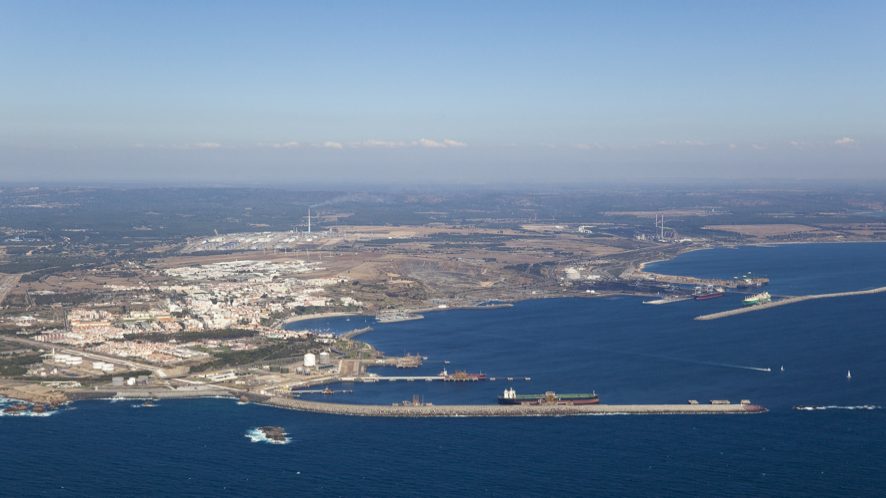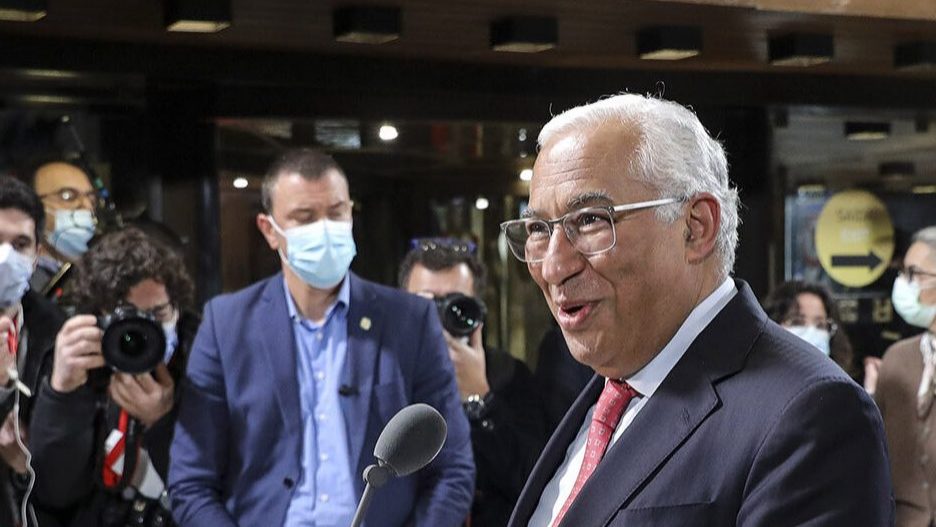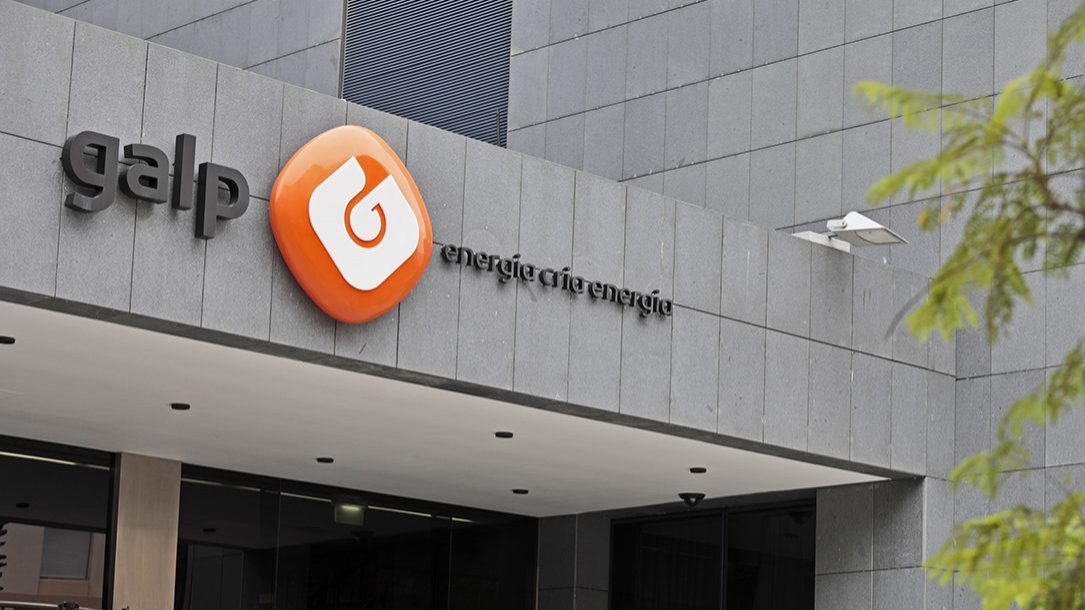Gas reserves must be at 70% by February, 80% by July
On average in the EU, the 18 out of 27 countries with underground facilities have storage at around 95%, and Portugal is above the EU average, with 98% full.
The European Commission on Thursday set intermediate gas storage targets to ensure 90% filling by November 2023, asking Portugal to meet targets of 70% in February and 80% in July to avoid disruptions.
“The Commission has set out the intermediate gas storage filling targets that member states must meet next year to reach the 90% gas storage target by 1 November 2023. Provided for under the Gas Storage Regulation, agreed in June 2022, today’s implementing regulation defines the intermediate targets for 1 February, May, July and September 2023 for countries with underground storage on their territory and linked to their market area,” the institution announced in a statement.
As far as Portugal is concerned, the trajectories with gas storage targets for 2023 translate into targets of 70% for 1 February and 1 May and 80% for 1 July and 1 September, according to information consulted by Lusa.
Brussels justifies in the press information that the targets published today are based on “the proposals made by member states in their storage plans, submitted in September, the filling rates of the previous five years and the Commission’s assessment of the overall security of supply situation”.
Adopted last June, the Gas Storage Regulation foresees that the underground gas storage facilities on the territory of the member states are at least at 80% of their capacity this winter and 90% in the cold season next year.
Data consulted today by Lusa indicate that, on average in the EU, the 18 out of 27 countries with underground facilities have storage at around 95%, and Portugal is above the EU average, with 98% full.
At a time of geopolitical tensions caused by the invasion of Ukraine by Russia, which is a major gas supplier to the EU, underground storage in the EU area is crucial for the security of supply, as it acts as an additional reserve in case of strong demand or supply disruptions.
Storage provides 25-30% of the gas consumed in the EU during winter, reduces the need to import additional gas and helps absorb supply shocks.
The interim targets set today have also been assessed by the Gas Coordination Group, which acts as an advisor to the Commission and the Gas Storage Committee. They are subject to a margin of five percentage points, acting as minimum thresholds that member states must respect.
If this is not the case, the European Commission can take effective measures to avoid gas supply security problems resulting from unfilled storage facilities.
Quoted by the information, the European Commissioner for Energy, Kadri Simson, stressed that it is “essential to prepare for the next winter” to “minimise the impact of Russian manipulations and possible increases in demand due to weather or global market conditions”.
“Establishing a trajectory for 2023 now provides market operators with the necessary certainty and helps the EU get safely through the next winter,” Kadri Simson added.
Geopolitical tensions due to the war in Ukraine have affected the European energy market because the EU still relies on Russian fossil fuels such as gas (despite having reduced pipeline imports from 40% to less than 10%), fearing supply cuts and disruptions this winter.



